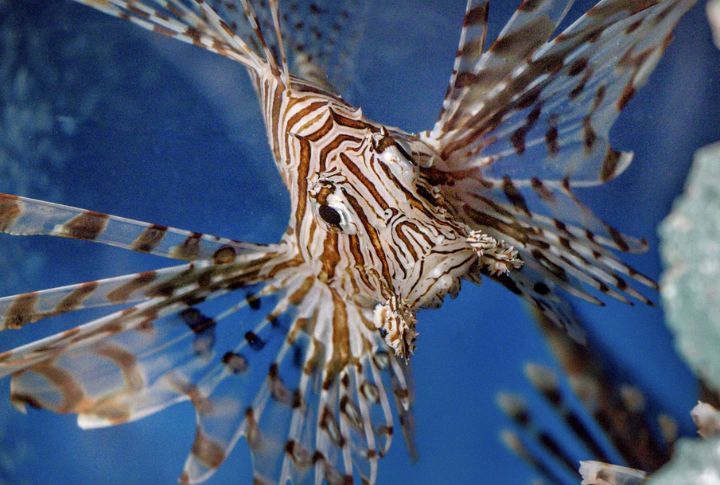
The Caribbean promises crystal-clear waters and vibrant marine life, but not every underwater encounter is a welcome one. While snorkeling in paradise, unexpected hazards can turn a peaceful swim into an uncomfortable experience. Before you dive in, it’s worth knowing what to watch out for beneath the surface of the waves.
Box Jellyfish
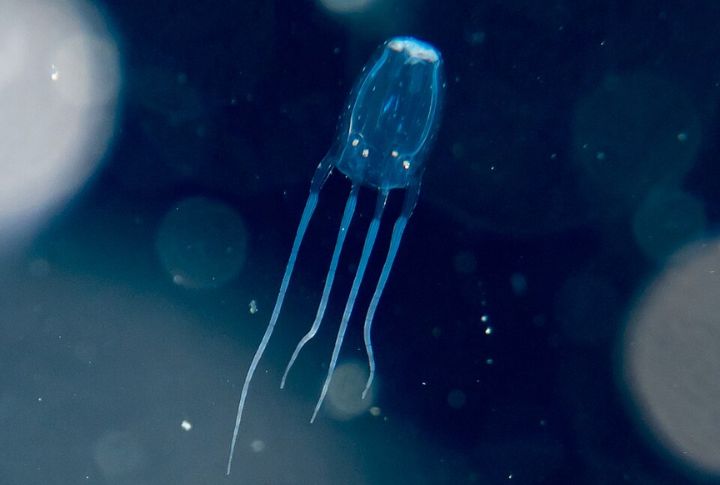
Living in warm Caribbean waters near reefs and beaches, the Box Jellyfish is a nearly invisible creature with a transparent body and tentacles that can reach 10 feet long. Their venom triggers intense pain, swelling, and occasionally cardiovascular issues. A sting can leave lasting scars, so encounters become dangerous.
Portuguese Man O’ War
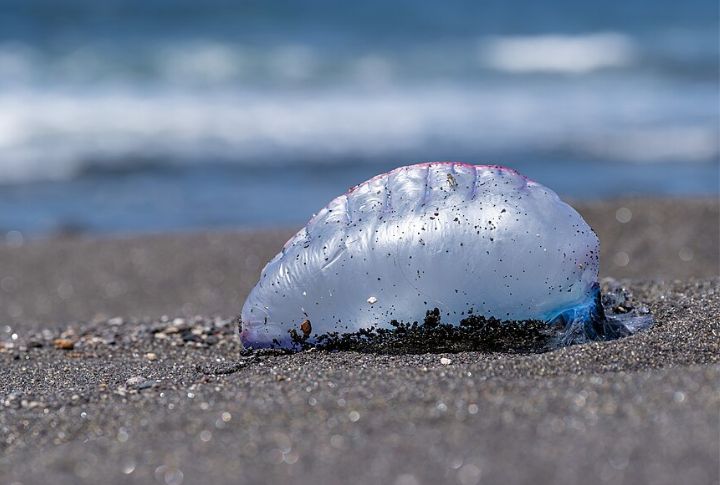
The Portuguese Man O’ War, often mistaken for a jellyfish, floats on the ocean surface like a plastic bag. Its long tentacles, reaching over 30 feet, deliver painful stings and cause blisters as well as muscle spasms. Dwelling seasonally in parts of the Caribbean, it can still harm even when beached.
Fire Coral
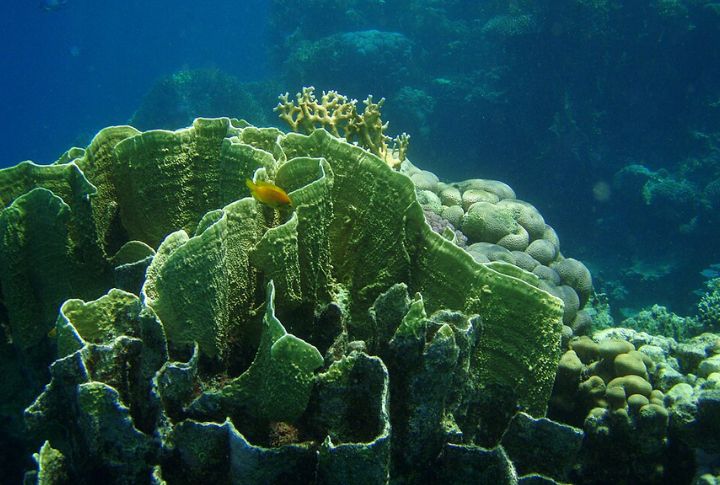
Commonly mistaken for harmless coral or algae, Fire Coral is a deceptive marine organism appearing on Caribbean reefs and shipwrecks. It inflicts a painful sting upon contact, which results in rashes and intense skin irritation. The effects can linger and leave the skin sensitive for days or even weeks after exposure.
Scorpionfish
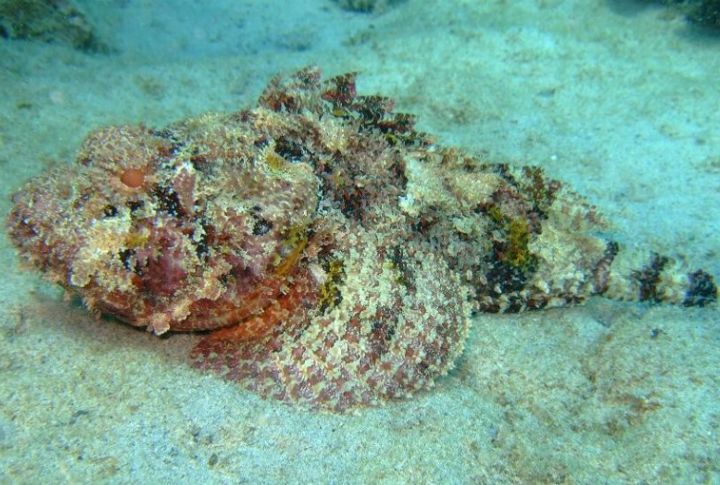
One of the most poisonous fish in the Caribbean is the Scorpionfish. It is a master of camouflage that can blend perfectly with rocks and coral. This species’ dorsal spines deliver toxins that give intense pain if touched. Encounters often occur through accidental contact and typically require medical attention to prevent complications.
Lionfish
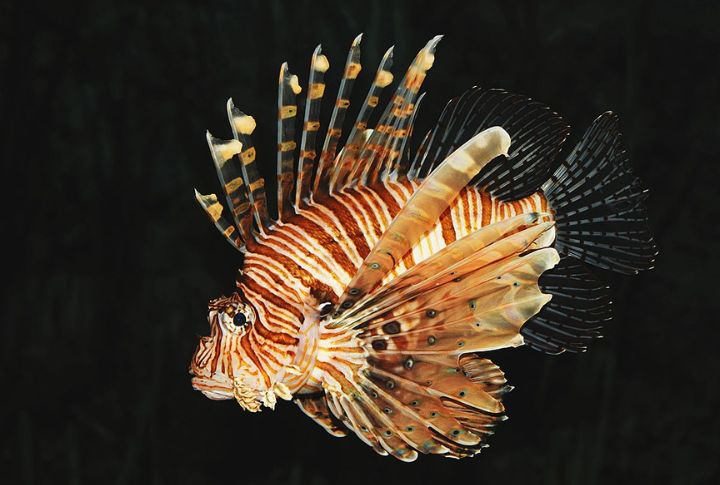
The noxious Lionfish is frequently seen near reefs and ledges and poses a threat to both marine ecosystems and humans. Its spines can cause swelling, dizziness, nausea, and pain lasting for days. As an invasive species without natural predators in the Caribbean, it can become aggressive when cornered.
Sea Urchin
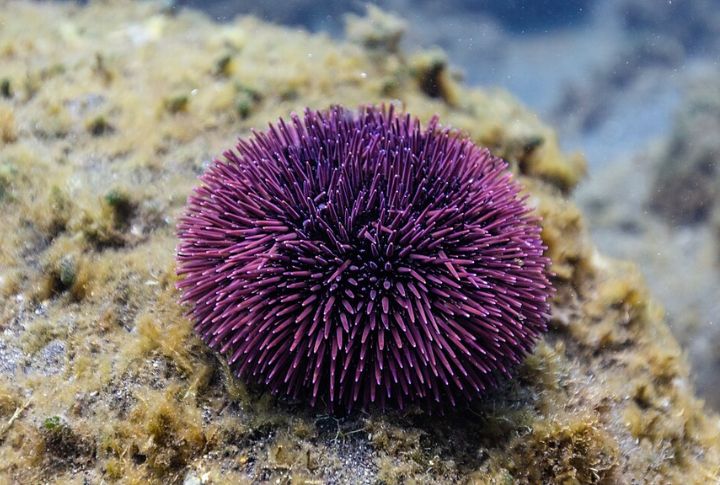
Long spines of the Sea Urchin can puncture deeply if unknowingly stepped on, especially in rocky shallows and coral reefs. Some species possess venom, which can intensify the pain and lead to swelling. If not appropriately treated, wounds become infected, often requiring medical removal of spines.
Fireworm
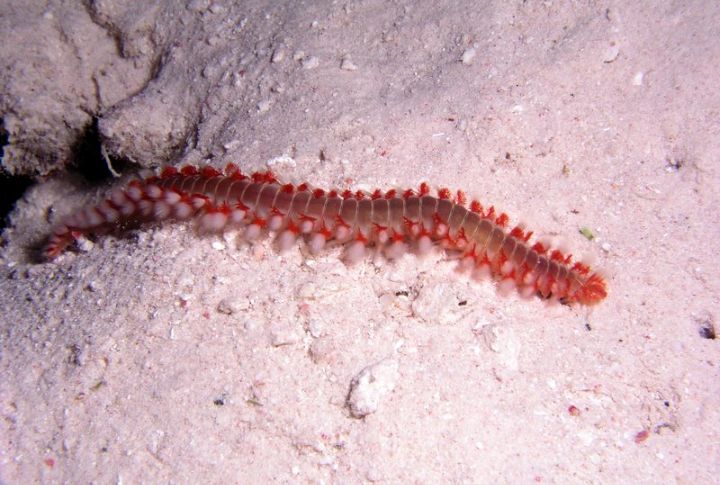
A Fireworm’s bristles induce burning and itching, making it a painful nuisance in shallow marine areas. Commonly found along coral rubble and reef edges, swimmers must avoid contact with it. The bristles embed easily, which triggers allergic reactions. So, never touch one, even if it seems motionless or harmless.
Cone Snail
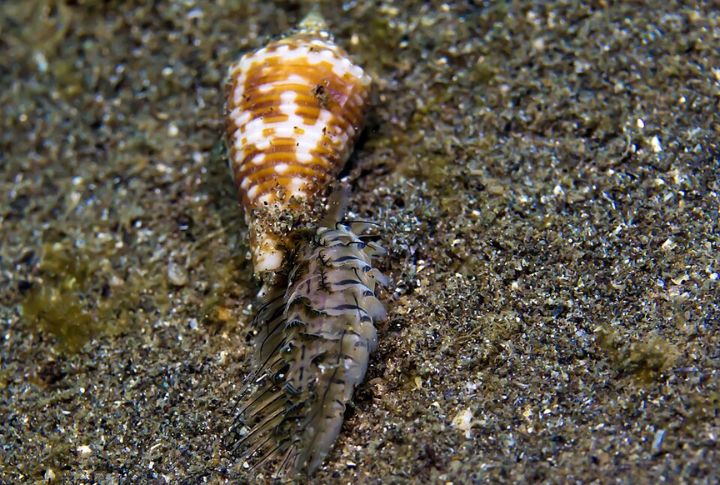
Cone snails might look harmless, but they’re among the most dangerous marine creatures. These gastropods strike using a radular tooth. The neurotoxin they inject can cause severe neuromuscular paralysis in humans, which can be fatal. Unfortunately, there’s currently no antivenom available either.
Barracuda
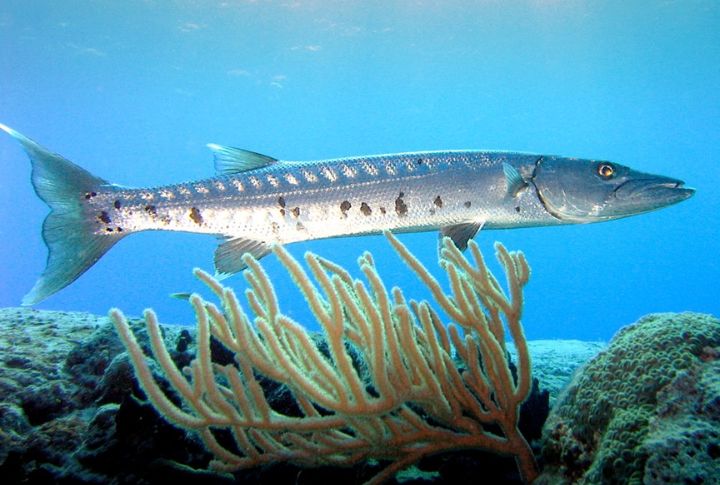
Sleek and fast, the barracuda hunts using fang-like teeth and sudden bursts of speed. It’s often attracted to reflective objects or rapid movement. While serious injuries are possible, attacks remain uncommon. Most interactions involve the fish silently trailing snorkelers, more intrigued than aggressive in its underwater patrol.
Caribbean Reef Shark
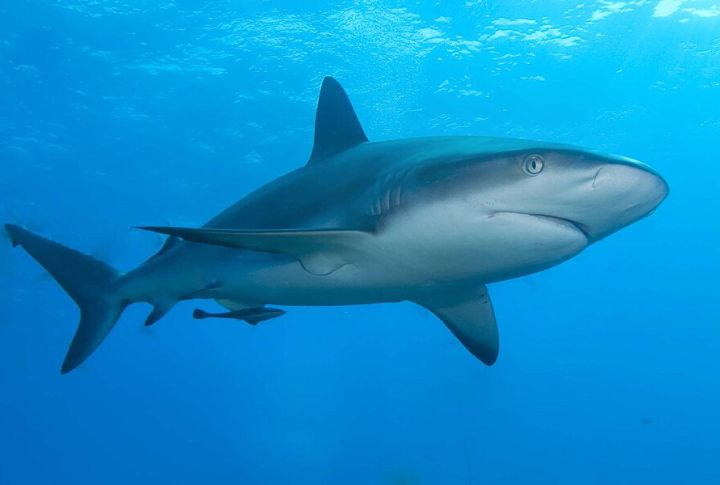
Bites from the Caribbean Reef Shark can cause serious injury if the animal feels threatened or provoked. Common near drop-offs and coral reefs, this powerful predator is usually not aggressive toward humans. However, it may become dangerous when food is present, especially during active feeding or human-led chumming activities.
Triggerfish
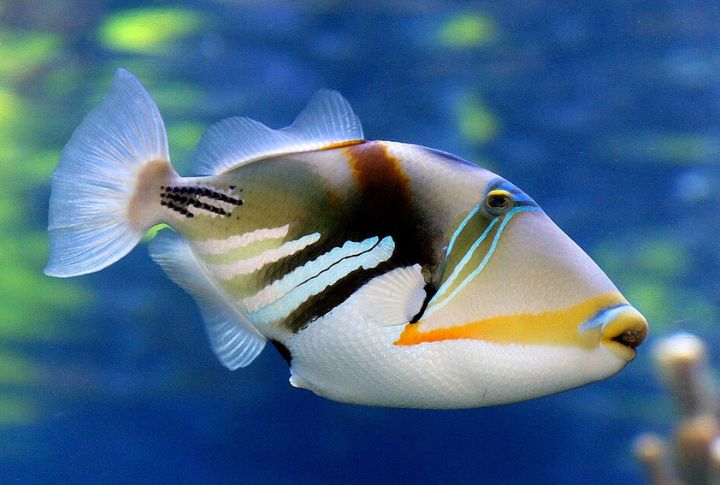
During nesting season, the Triggerfish becomes territorial and aggressively defends its area. Mostly seen near sandy bottoms and reef slopes, the fish may attack snorkelers who venture too close. Using its large teeth and powerful bite, it can cause deep wounds that can become swollen and infected.
Nurse Shark
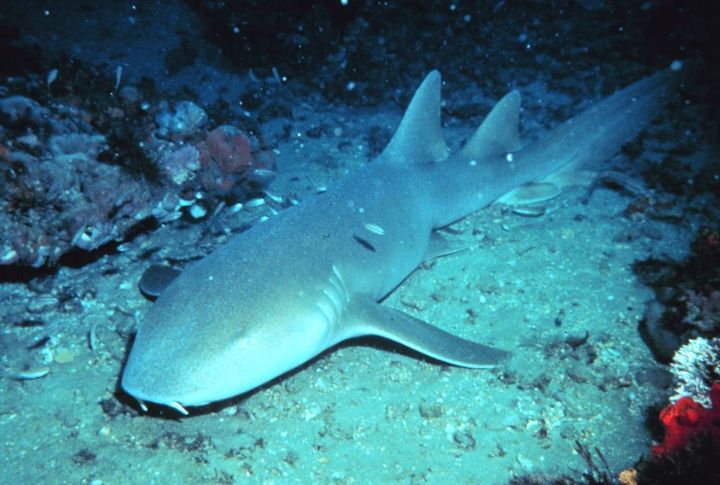
Nurse Sharks often rest motionless in reef shallows, blending into the seafloor. If startled or stepped on, they may react with a sudden defensive snap. Though not aggressive by nature, their powerful jaws can still inflict harm. Therefore, for safety, people should avoid disturbing or attempting to touch them.
Blacktip Reef Shark
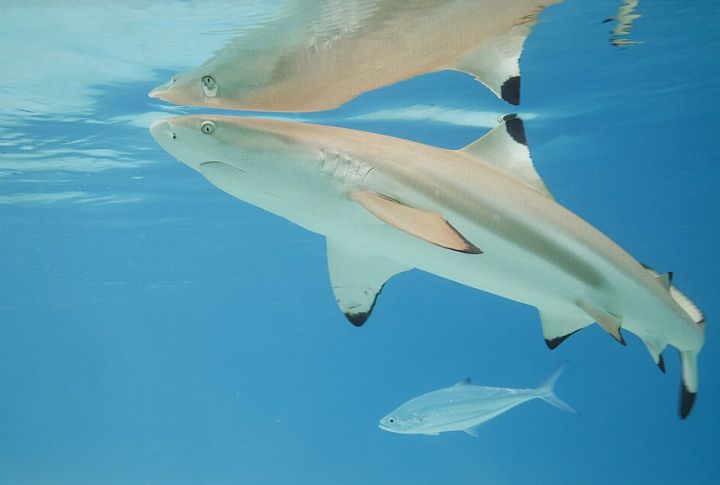
Characterized by the striking black tips on its fins, the Blacktip Reef Shark is quick to dart when startled. It frequents coastal waters and prefers to avoid trouble. While attacks are rare, they’re more likely in cloudy water. Calm, respectful distance helps keep both the swimmer and the shark at ease.
Moray Eel
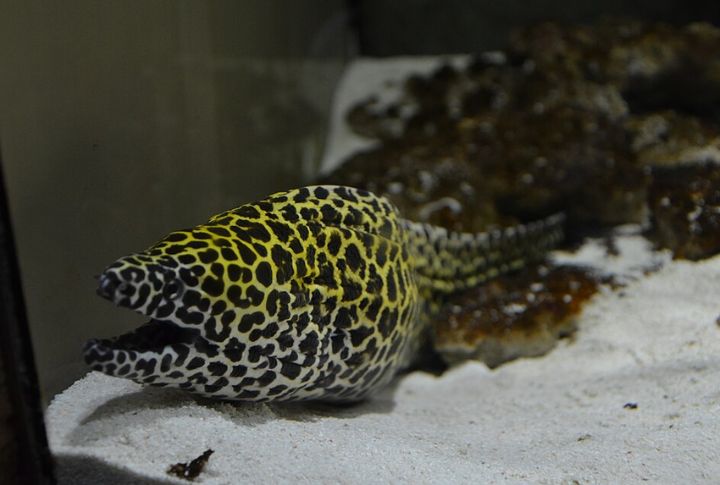
The Moray Eel hides in reef crevices and among rocks, usually staying out of sight unless disturbed. It can lunge suddenly and deliver a powerful bite, typically leading to infection due to bacteria in its mouth. With poor eyesight, the species can also mistake human fingers for food.
Pelagic Jellyfish
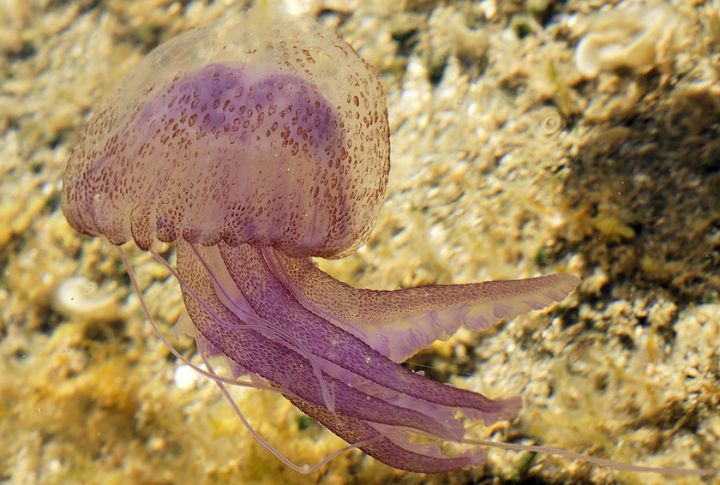
Pelagic Jellyfish, such as the sea nettle, appears near Caribbean shores after storms. Known for their glowing bells and long tentacles, they deliver painful stings that give burning, swelling, or nausea. Even detached tentacles can sting, making all contact potentially harmful.
Stingray
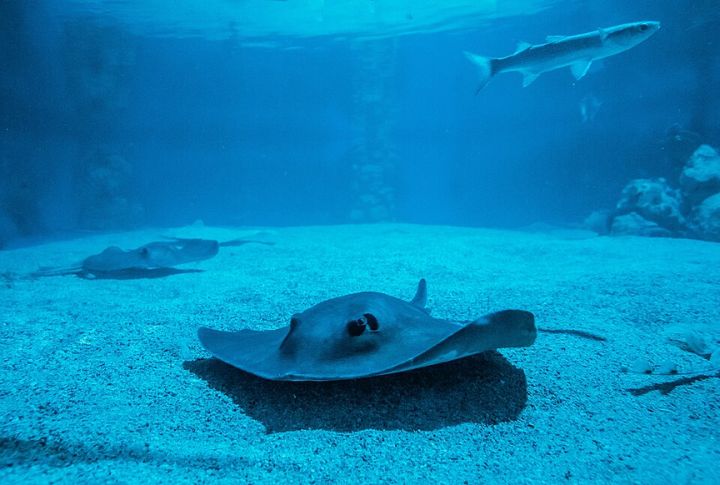
Often resting in shallow sandy bays, the stingray blends in so well that it’s easy to step on accidentally. If surprised, it may lash out with its sharp tail and cause puncture wounds that swell or become infected. Using the “stingray shuffle” helps alert it before you’re too close.
Bristle Worm
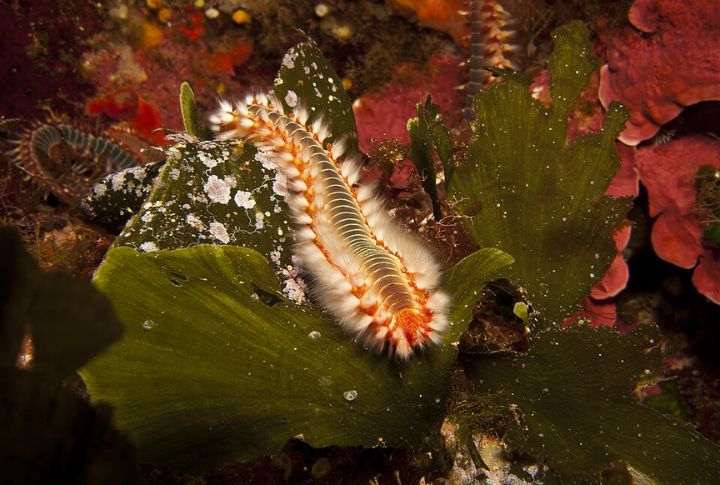
This slow-moving marine invertebrate is found beneath rocks or observed gliding over coral reefs. Its delicate, hair-like bristles can embed in human skin, causing irritation, itching, and mild inflammation. These bristles serve as a mechanical defense against potential predators.
Sea Lice (Jellyfish Larvae)
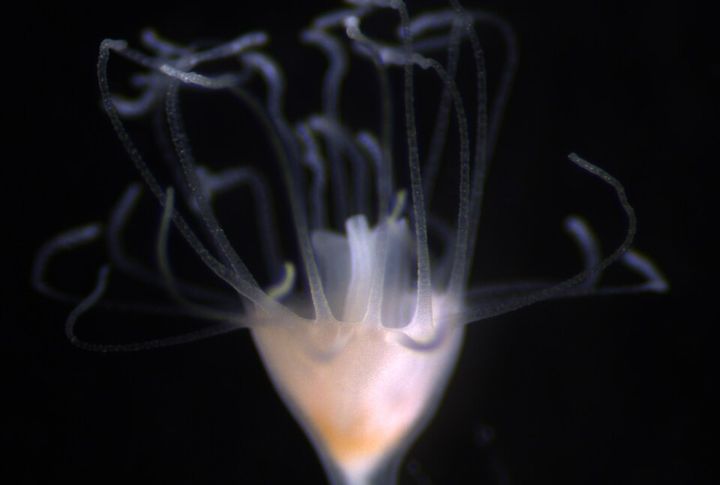
Small jellyfish larvae, usually invisible in the water, can become trapped under swimwear and cause an itchy rash called sea bather’s eruption. Most common in Caribbean bloom seasons, symptoms like redness and discomfort show up later. Rinsing well and changing clothes quickly helps reduce irritation after swimming.
Elkhorn Coral
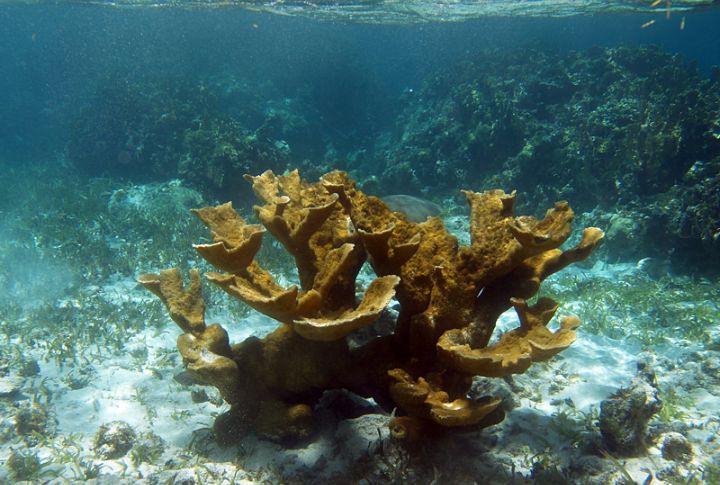
While exploring reefs, be cautious around Elkhorn Coral. Its sharp edges can cause painful cuts, and even light contact may damage this fragile, endangered species. Resembling underwater antlers, it grows large and is a striking presence on Caribbean reefs, often found within easy reach of snorkelers.
Moon Jellyfish
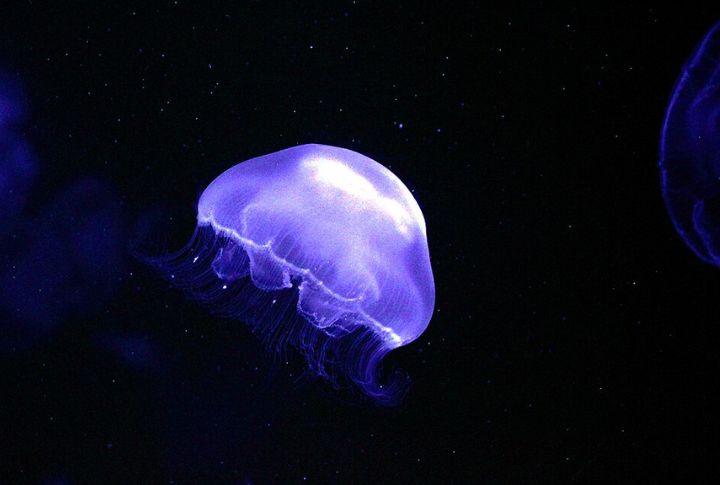
Moon Jellyfish stings may cause skin irritation, like a lingering stinging or itching sensation. Recognizable by their round, translucent bodies, they drift near the surface in warm Caribbean lagoons. Even brief contact can disrupt a swim, turning a pleasant outing into an uncomfortable or medically treated experience.

